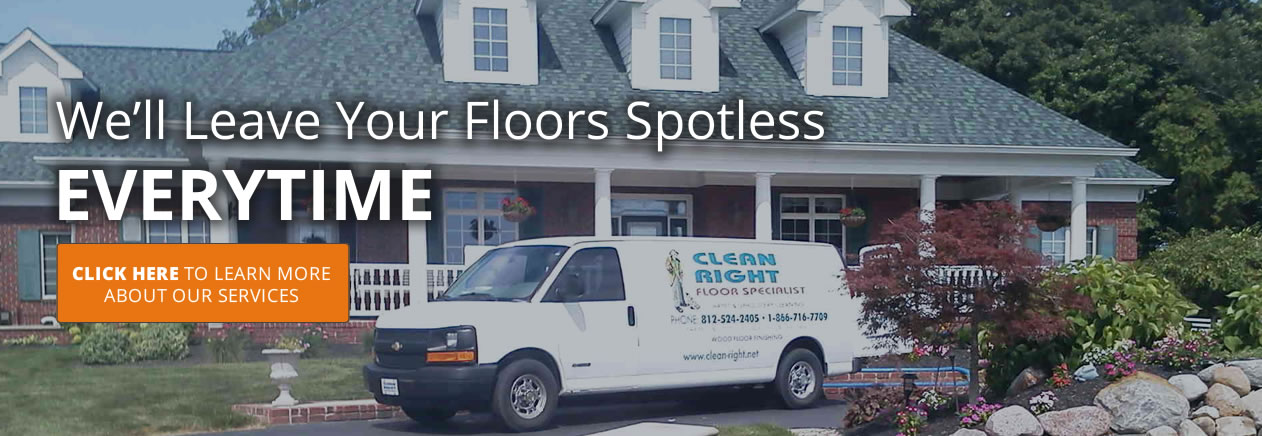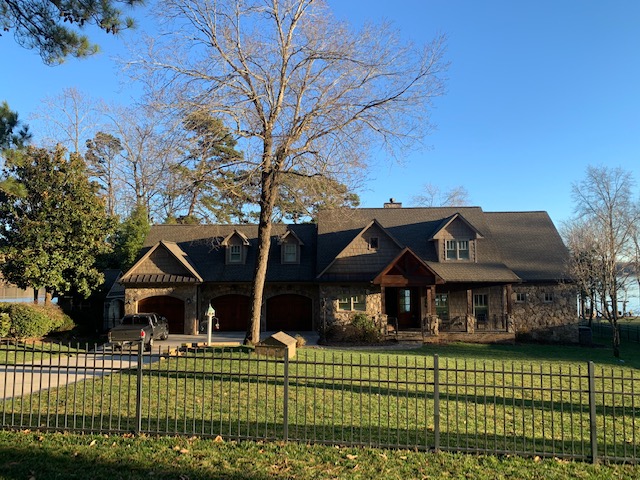Physical Address
304 North Cardinal St.
Dorchester Center, MA 02124
To clean shingles, start by using a solution of water and bleach and applying it to the shingles with a soft brush or sprayer. Gently scrub the shingles to remove dirt and moss.
Rinse the shingles thoroughly with water to remove the bleach solution. Finally, inspect the shingles for any damaged or broken areas that may require repairs or replacement. Maintaining the cleanliness and integrity of your shingles is crucial for the longevity and aesthetic appeal of your roof.
Over time, shingles can accumulate dirt, moss, and other debris that can compromise their performance and lead to issues such as leaks or deterioration. Regular cleaning can help preserve the longevity and appearance of your roof. We will provide you with a concise and informative guide on how to effectively clean your shingles using simple household solutions and tools. With the right approach and a little bit of elbow grease, you can restore the beauty and functionality of your roof, protecting your home from potential damage.
Shingle cleaning is an important part of maintaining your roof’s appearance and durability. Learn how to effectively clean shingles to remove dirt, moss, and stains, ensuring a long-lasting and visually appealing roof.
If you are a homeowner, it is crucial to understand the importance of keeping your shingles clean. Shingles not only protect your home from the elements, but they also contribute to its overall curb appeal. Clean shingles not only look great but also perform better and last longer. In this section, we will discuss the importance of cleaning shingles and common issues that arise when they are dirty.
Keeping your shingles clean is essential for several reasons.
Dirty shingles can lead to several problems, affecting both your home’s appearance and functionality. Here are some common issues that arise when shingles are not adequately cleaned:
Now that you understand the importance of cleaning shingles and the potential issues that arise with dirty shingles, it’s time to dive into the cleaning process. In the next sections, we will explore various methods and techniques to effectively clean your shingles and restore their beauty and functionality.

Credit: www.nar.realtor
Before you embark on the task of cleaning your shingles, it’s important to take some necessary steps to ensure a smooth and safe cleaning process. This means gathering the required tools and materials and implementing safety measures. In this section, we’ll walk you through everything you need to do to prepare for shingle cleaning.
To effectively clean your shingles, you need to have the right tools and materials at your disposal. Here’s a list of what you’ll need:
| Tools | Materials |
|---|---|
|
|
Having these tools and materials ready will ensure that you can clean your shingles effectively and efficiently.
When it comes to working on your roof, safety should always be your top priority. Before you begin cleaning your shingles, make sure to adhere to the following safety measures:
By taking these safety measures seriously, you can minimize the risks associated with shingle cleaning and ensure a safe and accident-free process.
Learn effective techniques to clean shingles for a pristine roof. From pressure washing to chemical treatments, discover the best methods for maintaining and revitalizing your shingle roof.
When it comes to maintaining the appearance and longevity of your roof, shingle cleaning is an essential task. Over time, shingles can accumulate dirt, algae, moss, and other debris that can compromise their integrity and curb appeal. In this section, we will explore three different techniques for effectively cleaning shingles: soft washing method, pressure washing method, and hand scrubbing method.Cleaning shingles is an essential part of maintaining the overall health and lifespan of your roof. Over time, shingles can accumulate dirt, debris, algae, and moss, which can cause damage if left untreated. By following this step-by-step guide, you can effectively clean your shingles and prevent any potential issues. Let’s dive into the process!
Before you begin cleaning your shingles, it’s important to prepare the roof surface properly. Start by removing any loose debris such as leaves, twigs, or branches. You can use a broom or a leaf blower to clear the area. It’s crucial to be gentle during this process to avoid damaging the shingles.
Once the loose debris is cleared, inspect the roof for any larger debris that may be stuck, such as tree branches or heavy dirt. Carefully remove these items using a gloved hand or a roof rake. Avoid using sharp objects that could scratch the surface of the shingles.
After preparing the roof surface, it’s time to apply a suitable cleaning solution. There are various types of cleaning solutions available, but a popular and effective option is a mixture of water and a mild detergent such as dish soap. You can create a solution by mixing one part detergent with three parts water.
Using a garden sprayer or a low-pressure sprayer, apply the cleaning solution evenly on the shingles. Start from the bottom and work your way up to ensure complete coverage. Be careful not to oversaturate the shingles, as excessive moisture can lead to damage.
Once the cleaning solution is applied, allow it to sit on the shingles for a few minutes to break down any dirt or stains. Then, using a soft bristle brush or a low-pressure power washer, gently scrub the shingles in a circular motion.
Be cautious while scrubbing to avoid applying excessive pressure, as it can dislodge or damage the shingles. Pay extra attention to areas with stubborn stains or high concentrations of algae or moss.
After scrubbing, thoroughly rinse the shingles with clean water. Using a low-pressure washer or a hose with a spray nozzle, start from the top and work your way down. Make sure to remove all traces of the cleaning solution to prevent any potential damage.
If you encounter stubborn stains that are resistant to regular cleaning methods, there are a few additional steps you can take. One option is to use a specialized shingle cleaner that is designed to tackle tough stains. Follow the manufacturer’s instructions for application and rinse thoroughly afterward.
Another option is to create a stronger cleaning solution by mixing equal parts water and bleach. However, be cautious when using bleach, as it can discolor certain types of shingles. Test the solution on a small, inconspicuous area before applying it to the entire roof.
After cleaning and rinsing the shingles, take the opportunity to inspect the roof for any damages. Look for cracked or missing shingles, loose flashing, or any signs of wear and tear. Addressing these issues promptly can prevent further damage and extend the lifespan of your roof.
Remember to exercise caution when inspecting the roof, as it can be slippery, especially when wet. If you are unsure about identifying or repairing any damages, it’s best to consult a professional roofing contractor.
Following this step-by-step guide to clean your shingles will not only enhance the appearance of your roof, but also contribute to its longevity. Regular maintenance and cleaning will help prevent the growth of damaging elements and ensure the overall health of your roof for years to come.
When it comes to shingle maintenance, taking preventive measures is key to keeping them clean and in good condition for years to come. By regularly maintaining your shingles and implementing a few simple techniques, you can prevent debris buildup, moss growth, algae, and mold. In this section, we will discuss several preventive measures that will help you maintain clean shingles on your roof.
Establishing a regular maintenance schedule is the first step in preventing shingle issues. By setting aside specific time for maintenance, you can stay on top of potential problems and address them before they become major issues. Below are key tasks you should include in your regular maintenance schedule:
Removing debris and moss from your shingles is essential for maintaining their cleanliness and integrity. Here are some techniques you can employ:
Preventing algae and mold growth on your shingles is crucial for maintaining their cleanliness and longevity. Here are some preventive measures you can take:
In conclusion, by implementing these preventive measures, you can maintain clean shingles on your roof and extend the lifespan of your shingles. Regular maintenance, cleaning debris and moss, and protecting against algae and mold will ensure that your shingles remain in top condition for years to come.

Credit: cleanright.net
Hiring professional shingle cleaning services can be a great option when it comes to ensuring the longevity and appearance of your roof. While cleaning shingles on your own can be a DIY project, sometimes it’s best to leave it to the experts. Not only do professional cleaners have the necessary equipment and expertise, but they also know the right techniques and products to use for effective and safe cleaning.
There are certain situations when it is advisable to consider hiring professional shingle cleaning services:
By recognizing when professional cleaning is necessary, you can save yourself time, effort, and potential damage to your roof.
When it comes to hiring a professional shingle cleaning service, it’s important to do your research and choose a reliable and experienced company. Here are some steps to follow:
By thoroughly researching and selecting a reliable professional shingle cleaning service, you can have peace of mind knowing your roof is in capable hands.

Credit: www.greensideprowash.com
To clean shingles, you can use a mixture of water and mild detergent. Gently scrub the shingles with a soft brush, then rinse thoroughly with a hose. Avoid using harsh chemicals or high-pressure washers, as they can damage the shingles.
Bleach can damage roof shingles, as it can weaken the material and cause discoloration. It’s best to avoid using bleach on your roof and opt for safer cleaning methods to maintain the integrity and appearance of your shingles.
Yes, you can wash roof shingles with soap.
Yes, you can power wash shingles. However, it should be done carefully with low pressure to avoid damaging the shingles or causing water leaks. It’s best to hire a professional to ensure proper cleaning without causing any harm.
It is recommended to clean your shingles at least once every two to three years to prevent buildup of dirt and debris.
Cleaning shingles not only enhances the appearance of your roof but also extends its lifespan by removing harmful substances and preventing decay.
To keep your shingles looking their best and prolong their lifespan, it’s essential to regularly clean and maintain them. By following the methods mentioned in this post, such as using a gentle cleaning solution, removing debris, and preventing mold and moss growth, you can ensure the cleanliness and durability of your shingles.
Remember, a clean roof not only enhances your home’s curb appeal but also protects it from potential damage. So, get started on cleaning your shingles today and enjoy the benefits of a well-maintained roof for years to come.